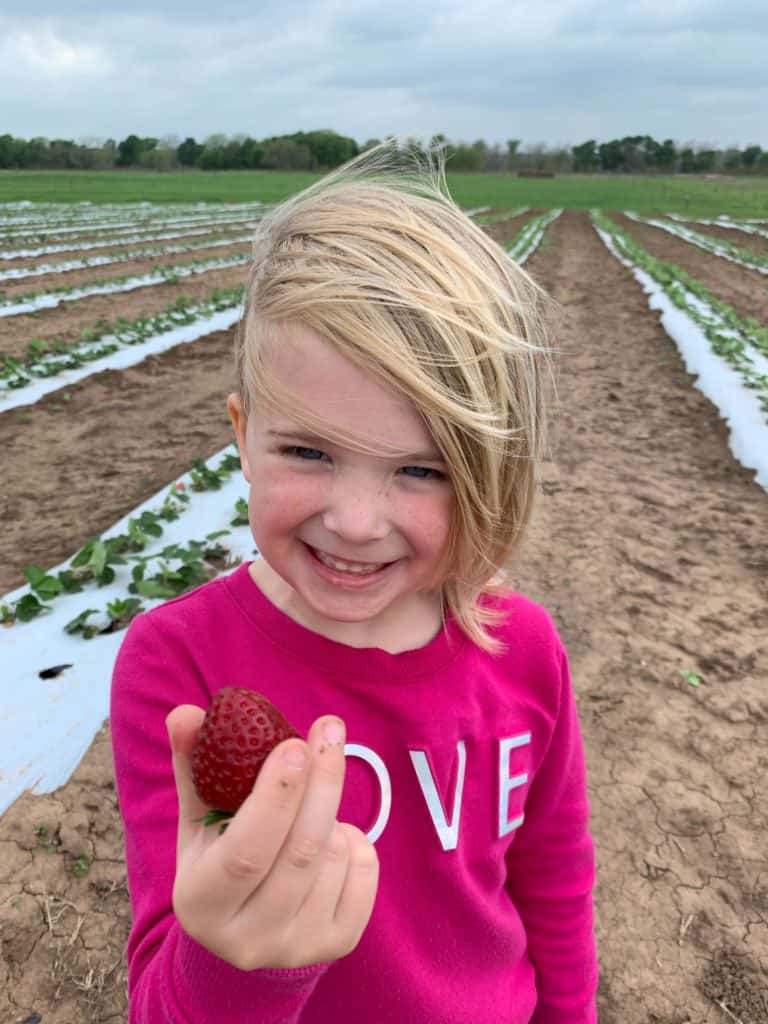Every parent knows that children are little sponges, soaking up the mannerisms and habits of their parents and others around them. So it’s important to give them positive behaviors and practices to absorb!
As farmers and parents ourselves, we think gardening is one of the best habits that we can model to our kids. By spending time in the garden and sharing it with the little ones, we can start them on a path of connection to the land and excitement about where their food comes from. And that’s good both for their personal health and for the long-term health of the planet.
Today, we’re sharing some benefits of gardening with children, as well as some tips to make your own veggie patch a source of fun for you and the kids!
Benefits of Gardening with Children
It would be hard to overstate the benefits of getting the kids into the garden.

Beyond the fresh air and sun that they’ll enjoy, there’s a wealth of stimulation to be experienced. The senses of sight, touch, smell, and taste can all be excited in the garden, exposing toddlers and small kids to new connections and insights.
Gardening can also help little ones to improve their fine motor skills, balance, and coordination as they reach, pour, pull, and dig.
For the slightly older kids, gardening provides a foundational education about where our food comes from. It’s not the grocery store — it’s the ground! And it can foster a love of watching things grow that they’ll carry into all walks of life.
Finally, gardening provides an opportunity to spend time together and create happy childhood memories. And as parents, we’re always looking for more ways to do that!
Tips for Gardening with Children
Sending the kiddos out into the garden with a spade is a surefire way to get ripped up radishes and trampled tomatoes. So here are some tips for making sure gardening with the kids is fun, not frustrating.
Give them their own beds
If you have the space for it, give each kid their own little garden bed. Let them make a sign proclaiming their ownership, and help them tend to their patch.
This has double benefits. It keeps them engaged and excited about “their” veggies, and it also keeps sweet but clumsy hands out of your delicate eggplants.
Make the kids’ beds an appropriate size for little arms, so they can reach the middle for planting and weeding.
Fill their beds with quick growing items that they like to eat
You may be happy to watch tender buds crawl their way out of the garden bed over days, weeks, and months. But a 4-year-old doesn’t have that kind of patience yet. So choose veggies that show growth quickly and are easy to tend to.
The kids will be even more excited about the growth of their plants if they’re looking forward to eating them. Radishes, for example, are easy to grow, but not many kids will be thrilled about that peppery bite!
Some good options include:
- Lettuce
- Potatoes
- Carrots
- Green Beans
- Peas
- Cucumbers
If the kids are more interested in a flower garden than veggies, try fast-bloomers like sunflowers, nasturtiums, pansies, phlox, or poppies.

Assign specific, simple tasks
Kids need easy wins to stay enthusiastic about long-term projects. So give them simple tasks that they can help you with.
“Pull this weed right here.”
“Drop this seed into this hole.”
“Fill this hole with dirt.”
“Bring mama that watering can.”
Give the kids an important job so they can help, and then let them play. Keep gardening light and fun so it’s associated with happy memories instead of Draconian task lists.
Give them the right tools
The littlest kids may not need tools beyond their hands. But older children could use their own tools, so they’re not always stealing yours!
Cheap plastic sets break and cause more frustration than aid. Instead, get older kids a small metal set of tools when they’re old enough to use them safely.
A sturdy pair of children’s work gloves will also come in handy to protect fingers from thorns and stickers.
Practice patience
Even with precautions in place, little kids will accidentally step on that new lettuce shoot, pull “weeds” that aren’t weeds at all, and drop those freshly picked tomatoes into their basket with a bruising thump.
As gardening parents and mentors, it’s up to us to make sure gardening time is fun and educational, not stressful. So we have to constantly practice patience and think long-term. Getting the kids into the garden fosters their love of the outdoors and tending to growing things. A few trampled veggies is a small price to pay.

Brag!
When you cook the veggies from your child’s garden bed, make sure the family knows these are Junior’s carrots. If you have friends over for a socially distant backyard visit, point out your child’s garden bed and let them explain what is growing where.
The pride that comes from nurturing a head of lettuce from seed to salad can stimulate a lifelong love of growing things and connecting to the earth. Encourage that sense of achievement in your little gardeners.
Always Be Gardening!
Gardening with children isn’t always the fastest or the easiest route to homegrown produce.
But it is an inexpensive and wholesome way to teach children both patience and the useful skill of making things grow. It builds a love of the outdoors and a deeper appreciation of our food.
And it’s accessible to just about everyone. Neighbors are often happy to share cuttings and seeds with aspiring gardeners who can’t buy their own. Even families in apartments can enjoy some indoor gardening fun with container plants or a small herb garden on the windowsill.
Everyone’s day is enriched by a little time spent outdoors. So grab a spade, scoop up the kids, and get to gardening!

